Clever Small Bar Layout Ideas to Transform Your Compact Space
- Noah Caldwell
- Apr 4
- 4 min read
The allure of a well-designed bar isn't limited to sprawling establishments with endless square footage. In the world of hospitality design, constraint often breeds creativity. Those working with limited space know that a compact bar can exude just as much charm and functionality as its larger counterparts—sometimes even more. The key lies in strategic planning and smart spatial solutions that transform limitations into distinctive features.
Today's bar owners are increasingly embracing the challenge of compact spaces, recognizing that intimacy can be a powerful selling point when executed correctly. The most successful small bars don't fight against their spatial constraints; they celebrate them through intentional design choices that maximize every square inch while creating an atmosphere that feels both comfortable and exclusive.
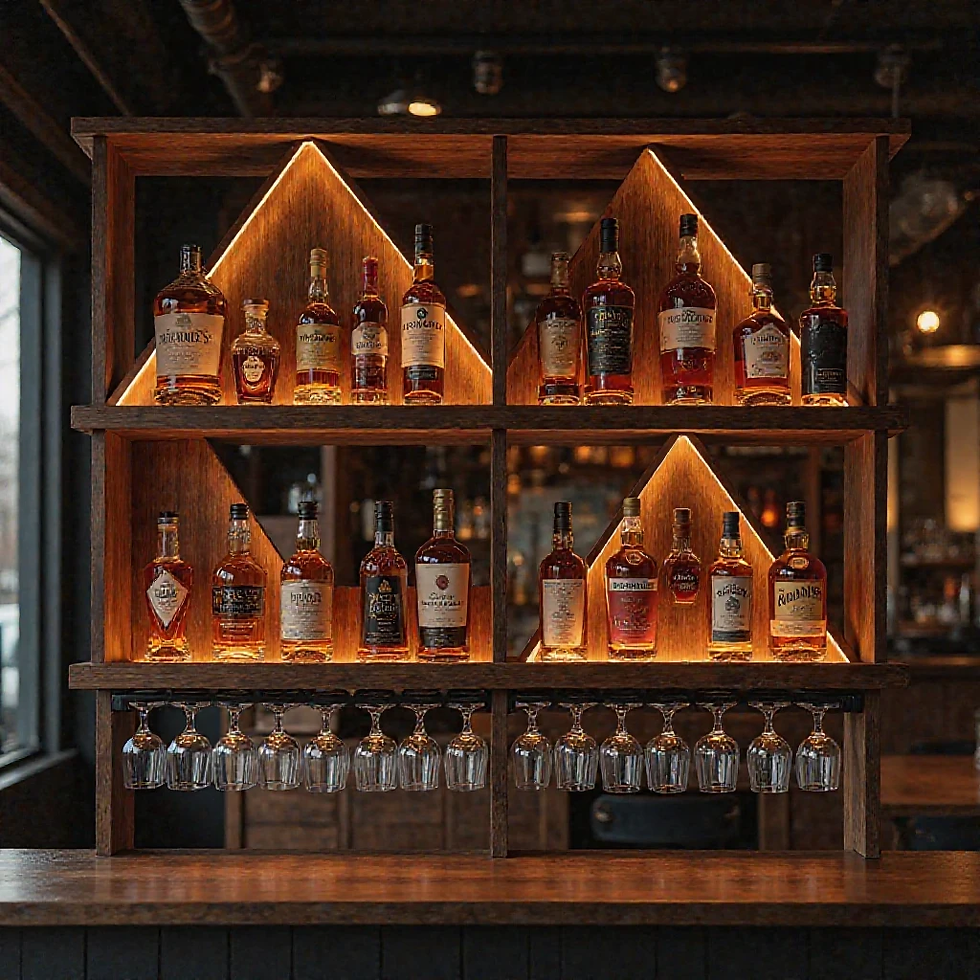
Strategic Bar Counter Positioning for Maximum Flow
The backbone of any bar layout is undoubtedly the counter itself. In compact spaces, positioning is everything. Consider an L-shaped or corner bar design that anchors the space while maximizing serving areas. This configuration creates natural traffic flow and allows bartenders to move efficiently without wasted steps. For extremely narrow spaces, a straight bar along one wall might work better, leaving room for patrons to move freely. The height of your bar counter matters too—slightly higher counters can create the illusion of more space while providing comfortable leaning spots for standing guests.
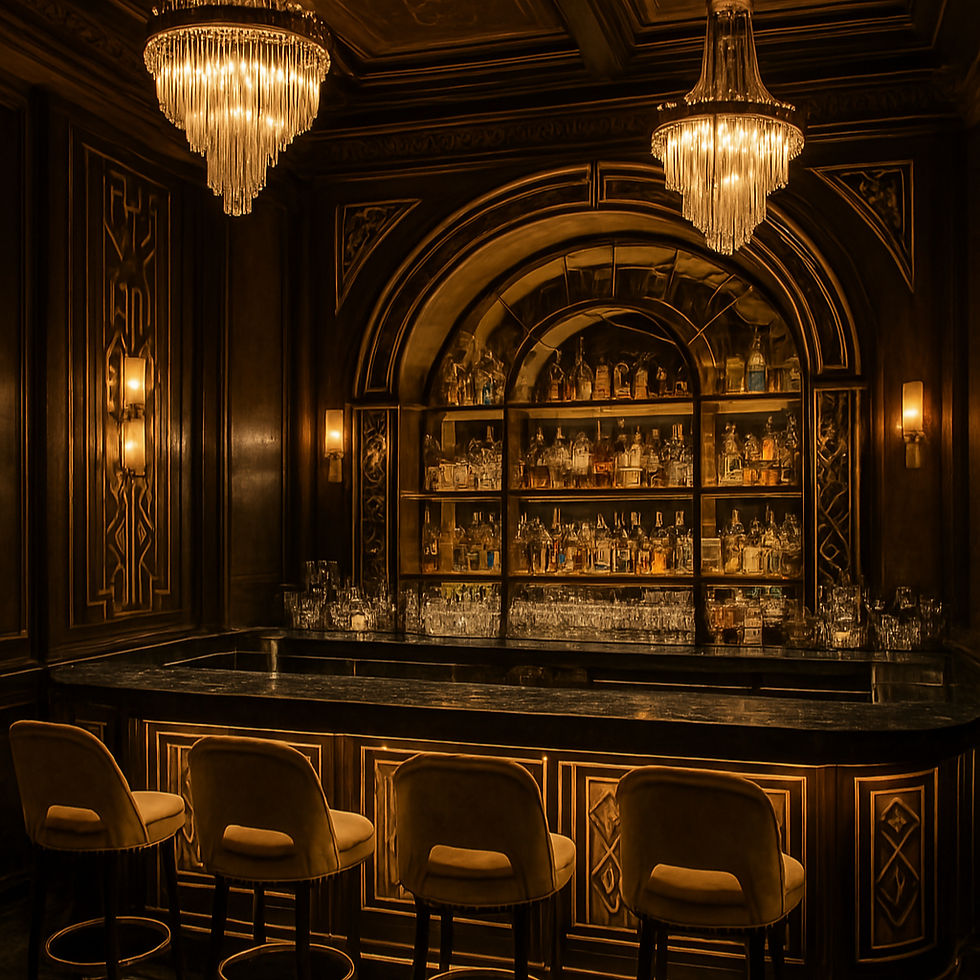
Vertical Storage Solutions That Captivate
When floor space is limited, the only way to go is up. Transform your walls into functional showcases with suspended glass racks, floating shelves, and vertical bottle displays. These storage solutions serve dual purposes—they free up valuable counter space while creating striking visual elements that draw the eye upward, making the room feel taller and more expansive. I've seen remarkable transformations in bars that installed custom ceiling-mounted racks above the counter, turning practical storage needs into statement design features that guests can't help but notice and admire.
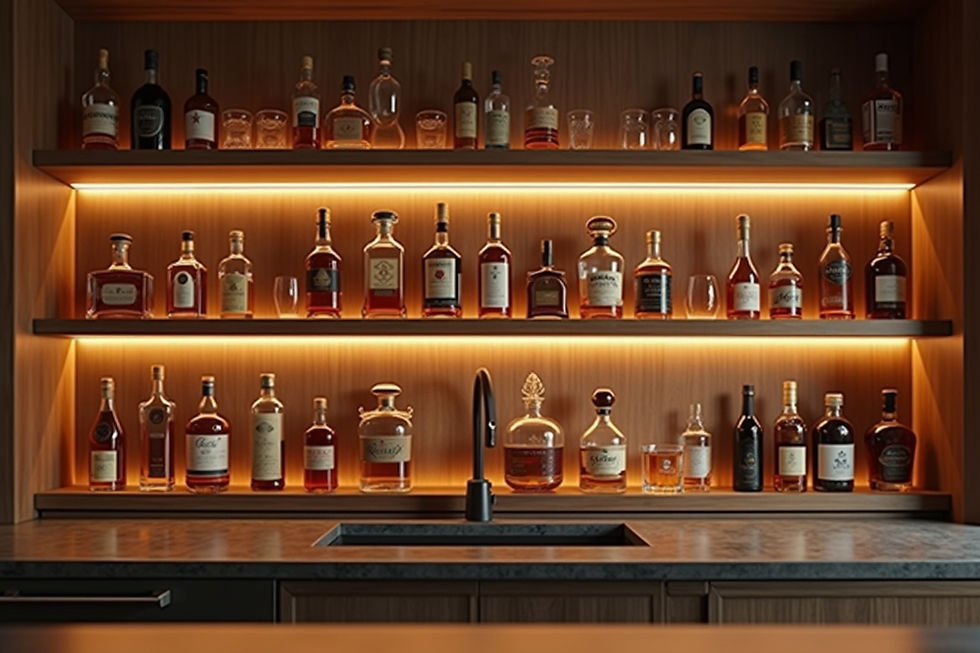
Multi-functional Furniture That Adapts
Flexibility reigns supreme in small bar environments. Invest in seating that can be easily reconfigured or stacked when not in use. Backless stools tuck neatly under counters, while narrow high-top tables can serve as both dining surfaces and standing drink stations depending on the crowd. Consider foldable or nesting furniture that can be expanded during peak hours and minimized during slower periods. The best small bars feature furniture that works twice as hard as its counterparts in larger establishments, adapting seamlessly to changing needs throughout service hours.

Lighting Techniques to Enhance Perception
Never underestimate lighting's power to transform spatial perception in your bar. Strategic illumination can make compact areas feel more generous and defined. Layer your lighting approach with ambient, task, and accent lighting to create depth. Backlit shelving draws attention to your premium spirits while adding dimensional light. Pendant lights hung at varying heights create visual interest overhead without consuming precious floor space. For particularly small venues, mirrors strategically placed to reflect light sources effectively double the perceived size of the room while adding a touch of glamour.
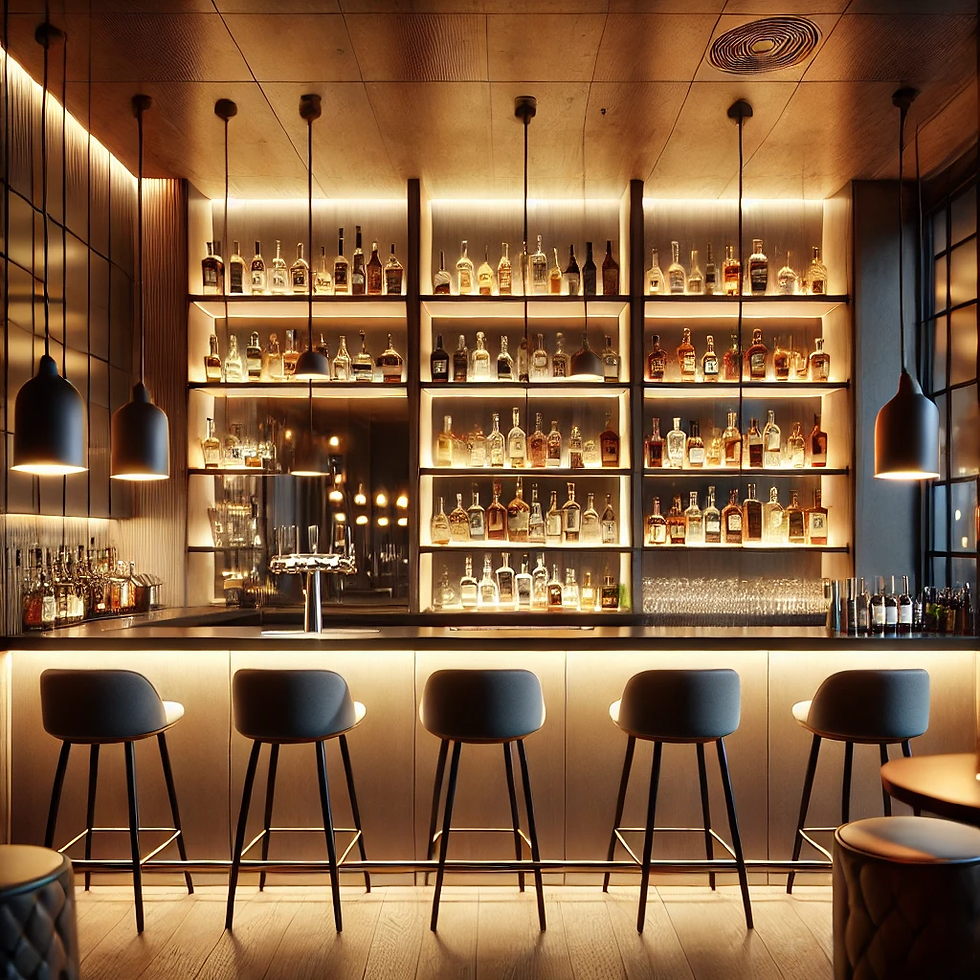
Small Bar Layout Ideas for Different Service Styles
Your service model should dictate your layout decisions. For cocktail-focused establishments, prioritize a visible preparation area where guests can watch the craftsmanship behind their drinks. Wine bars benefit from temperature-controlled display cases that showcase bottles while saving space. Beer-centric venues might integrate compact draft systems with digital menus to eliminate the need for physical beer lists. The smartest small bar layouts acknowledge their specialization and design around it rather than trying to accommodate every possible scenario in limited square footage.

Clever Integration of Service Stations
Efficiency demands that service stations be thoughtfully integrated into small bar layouts. Consider building ice bins, glass storage, and POS systems directly into your bar design rather than as afterthoughts. Undercounter refrigeration units eliminate the need for bulky back bar coolers. Speed rails mounted at bartenders' fingertips ensure smooth service even during rush periods. The difference between a struggling compact bar and a thriving one often comes down to these hidden efficiencies that guests may never consciously notice but that dramatically improve the quality of their experience.
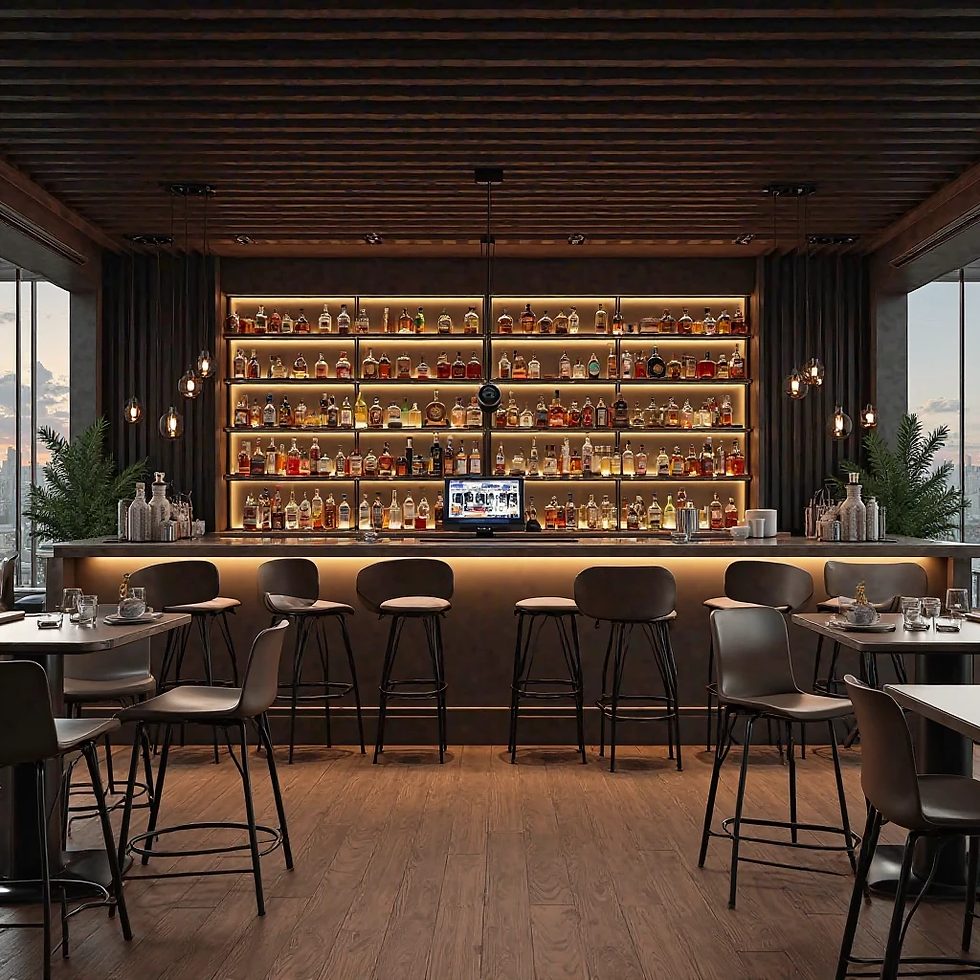
Modular Design Elements for Evolving Needs
The most successful small bars embrace adaptability through modular components. Invest in counter sections that can be reconfigured seasonally or for special events. Portable garnish stations allow for customization based on menu changes. Even consider movable wall elements that can open or partition space as needed. This approach allows your bar to evolve without major renovations when trends shift or operational needs change. Modularity represents the future of small bar design, allowing spaces to remain fresh and functional for years despite their size limitations.

Conclusion
A compact bar space needn't limit your vision—it simply refines it. The most memorable small bars aren't those that try to mimic larger venues on a smaller scale, but those that embrace their intimacy as an asset. Through strategic counter positioning, vertical thinking, multi-functional elements, and thoughtful lighting, even the most modest footprint can become an exceptional drinking destination. Remember that in bar design, constraints often lead to the most innovative solutions. Your small space isn't waiting to be filled—it's waiting to be transformed.
Ready to reimagine your compact bar space? Subscribe to our newsletter for monthly design inspiration and be the first to receive our upcoming guide on sourcing space-saving bar equipment. Share your own small bar transformation stories in the comments—we'd love to feature your creative solutions in future articles.
---
Frequent Ask Questions
How much space is needed for a functional small bar?
A bar can function efficiently in as little as 100 square feet with proper planning, though 200-300 square feet provides more flexibility for seating and service areas.
What's the ideal bar counter depth for compact spaces?
In small bars, counters between 18-24 inches deep balance functionality with space efficiency, allowing comfortable seating without wasting valuable floor area.
How can I make my small bar feel more spacious?
Use mirrors strategically, implement consistent color schemes, choose appropriately scaled furniture, and incorporate vertical storage to create the illusion of more space.
What lighting works best for small bar environments?
Layer ambient, task, and accent lighting while avoiding harsh overhead fixtures. Wall sconces, pendant lights, and under-shelf lighting create dimension without visual clutter.
Are there regulations specific to compact bar layouts?
Always check local building codes for minimum aisle widths, emergency exits, and accessibility requirements, which apply regardless of your establishment's size.
Comments